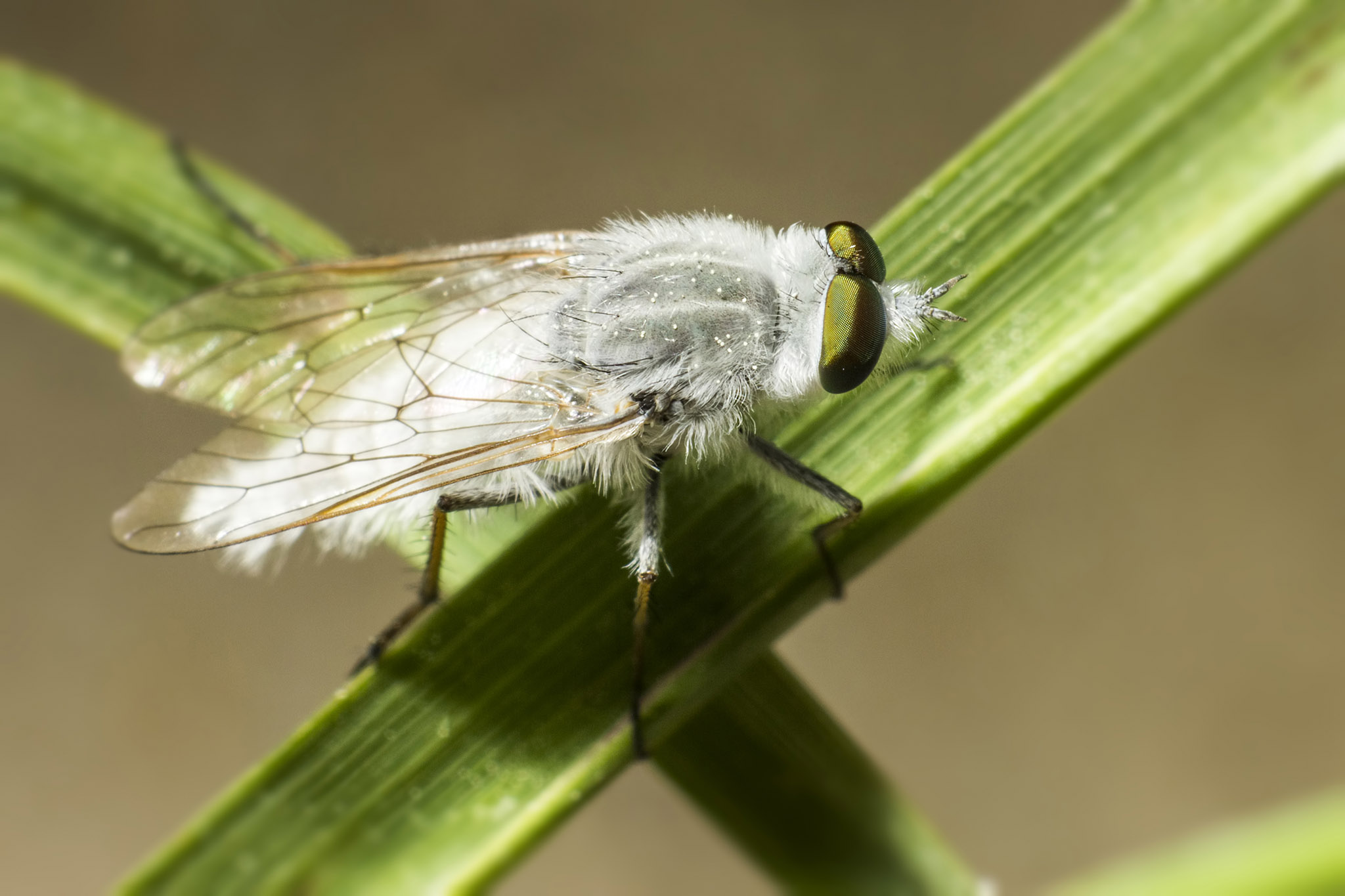Flies are a diverse group of insects belonging to the order Diptera, characterized by their two wings and agile flight capabilities. Found in almost every terrestrial habitat on Earth, flies are renowned for their remarkable adaptability and ecological significance.
With over 150,000 described species, flies exhibit incredible diversity in size, shape, and behavior. From tiny fruit flies to large horse flies, these insects play a wide range of roles in ecosystems, serving as pollinators, decomposers, and even predators.
Flies are known for their rapid reproductive rates, with many species laying hundreds of eggs at a time. Their larvae, often referred to as maggots, develop in a variety of habitats, including soil, water, and decaying organic matter. While some fly larvae are scavengers, others are parasitic, feeding on living hosts.
While flies serve important ecological functions, some species are considered pests due to their association with disease transmission and nuisance behavior. House flies, for example, can spread pathogens such as bacteria and viruses, making them a potential threat to human and animal health. Other fly species, such as mosquitoes, are vectors for diseases such as malaria, dengue fever, and Zika virus.
Despite their reputation as pests, flies also have beneficial roles in ecosystems. Many species serve as pollinators for flowering plants, while others play critical roles in nutrient recycling by decomposing organic matter and breaking down dead organisms.
Flies are also the subject of scientific study and research, with scientists investigating their biology, behavior, and ecological interactions. Understanding the role of flies in ecosystems is essential for managing pest species, protecting pollinators, and maintaining healthy environments.
In conclusion, flies are fascinating insects with diverse ecological roles and significant impacts on ecosystems and human societies. While some species pose challenges as pests and disease vectors, others contribute to essential ecosystem services and scientific knowledge, highlighting the complexity and importance of these often-overlooked insects.
Views: 1797
Subscribe to the newsletter:
